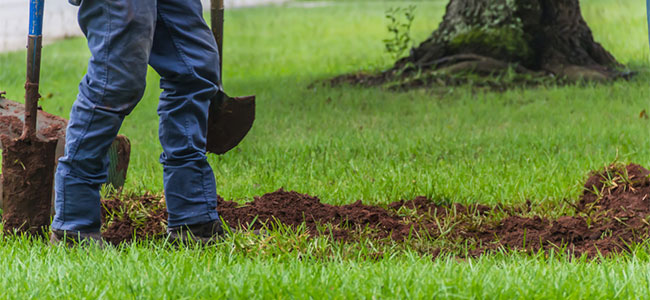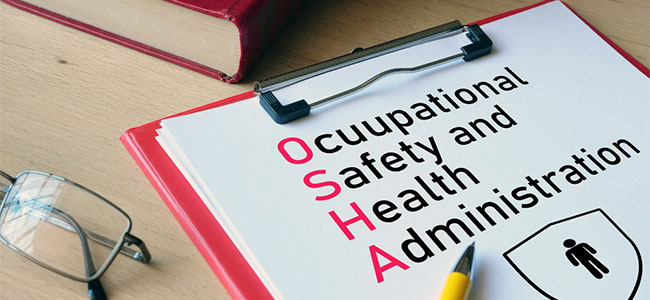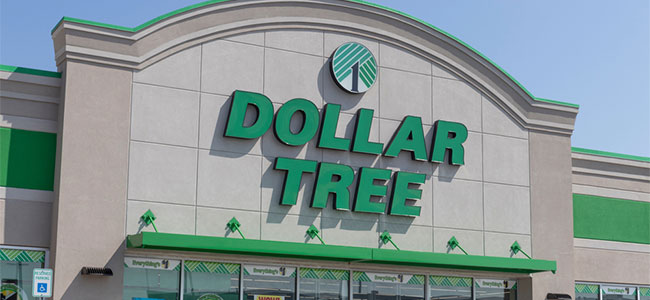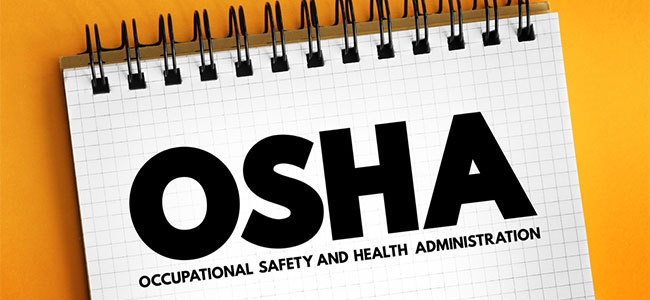
The deadline to apply is August 29, 2023.

The company will launch a support campaign this fall.

Learn how to develop and foster a safety culture and why it’s important. Hint: It starts at the top.

The annual celebration spreads awareness of workplace health and safety concern.

Companies often turn to technology to ensure they’re providing accessible and continuous safety training.

Working in the sun takes a toll, but here’s how workers can mitigate it.

The investigation centered on a fulfillment center in New Jersey.

The Houston-based company faces proposed penalties of $266,416.

The state investigation centers on a store in Tacoma, Washington.

The two open slots are designated for the Department of Health and Human Services.